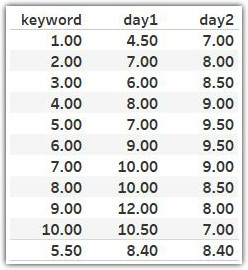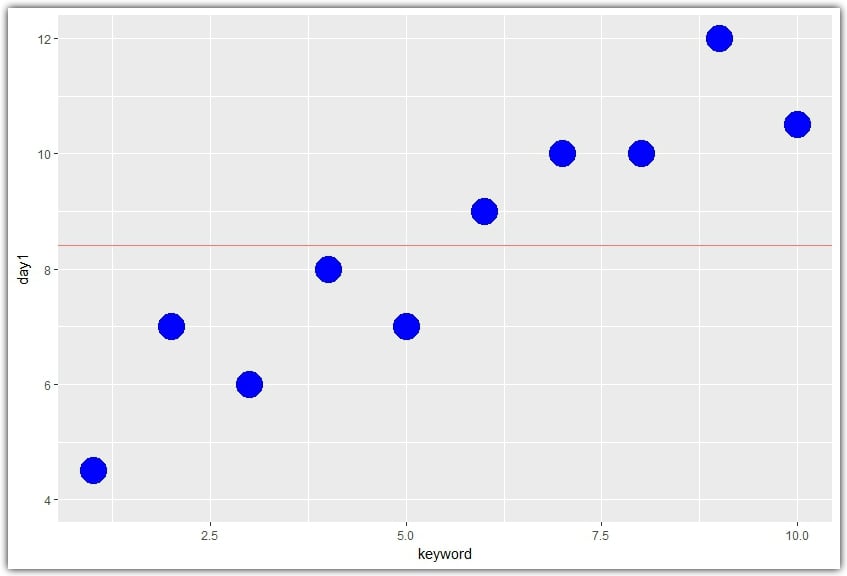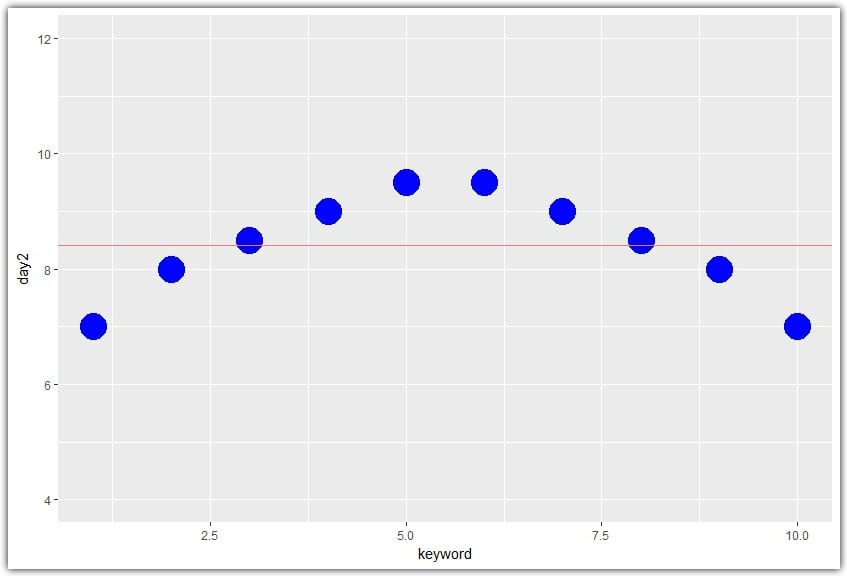"The purpose of visualization is insight, not pictures."
―Ben Shneiderman
Access to data ensures that we have a part of the story. We use this data to learn about some intricacies with respect to the performance of a website, marketing campaign, CRM program, or whatever we have data warehoused for. With that said, data itself can only answer some of the questions that most analysts will have. Most of the time, an analyst will need additional help to find the answers they are looking for (or at least to efficiently find those answers). Every analyst dealing with data should strongly consider adding data visualization to their arsenal of tools.




